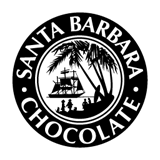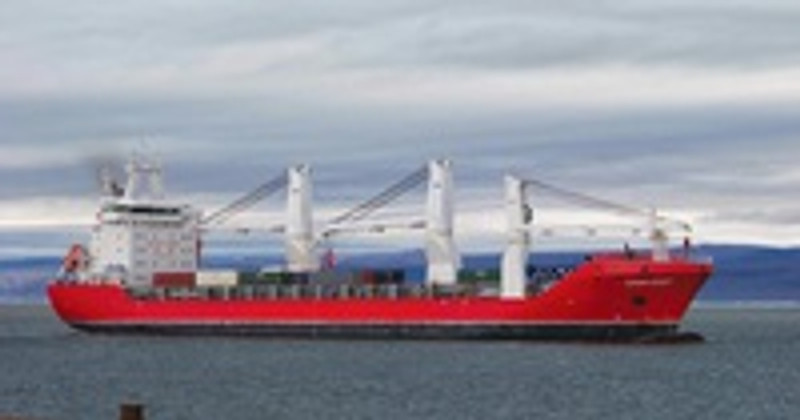Identifying Channels of Distribution for Santa Barbara Chocolate
by Harold Clark
Grantham University

Cocoa (Cacao) is grown in more than 35 countries, under specific conditions for cocoa trees to grow. There are many factors and ingredients that have to come together to make a finished chocolate product.
Chocolate truffles for example, the main ingredient is cacao, and then all the additional coconut cream, flavorings or honey comes next. Looking at only one ingredient in the finished chocolate product, the truffle is a highly in depth supply chain management process with many factors coming into play. Transportation is extremely important along with warehousing and inspection companies, each having controlled conditions which are also important.
Amsterdam is the world's largest port for unprocessed cocoa, but many small ports are used as well. Buyers, sellers, traders, and agents from these countries come together to agree about the quality and how to make the deliveries possible. Sometimes cocoa beans may travel halfway around the world before they reach their destination. Ethical companies pay more for their organic ingredients and buy from several certified companies. Fair trade brokers are making efforts to stop slavery and human trafficking within the supply chain. Santa Barbara Chocolate Company with offices in a few California locations follow strict supply chain management systems and procedures with audits along the way which guarantee quality and safety.
Starting out with the Raw Cacao agricultural crop in the Peruvian jungle, where cacao is picked and sent via donkey to larger farms in small community settings for cleaning and the fermentation process. The cacao bean is cut open and fermented, dried, cleaned and packed into sacks that do not hold moisture, making sure there will be no molding.
Trucks then take the dried cacao to a facility in Lima, Peru for the next step. In the facility in Lima, the cacao is again cleaned, roasted and ground into chocolate liquor, packaged and sent to a port to a large container ship with specific conditions for the chocolate being transported. Whether it is ship, train or truck there are special containers to keep the cocoa preserved and safe.
The shipping is via ocean freight carrier and is usually a very large container ship that takes the chocolate liquor cargo from Peru to Tijuana, Mexico Port where it is re-loaded onto a smaller ship called a Cool transport. This smaller ship carries the chocolate to the Los Angeles harbor. California only allows EPA audited ships into California waters so the ships burn clean fuel and do not pollute California waters.
From the Los Angeles Harbor, Drayage trucking takes the cargo to Santa Barbara Chocolate's designated refrigerated warehouse which is the first warehouse in the distribution system in California. The first warehouse is audited by the FDA, USDA, Kosher Board, Organic Auditor, State and County Health Departments.
The shipment has to clear US customs when first entering America. It must also pass inspection by the USDA and with the FDA, not to mention Homeland Security. Last inspection is the US Treasury to ensure proper taxation codes.
The chocolate is then sent to an audited second warehouse.
In the second warehouse the chocolate is stored on special pallets in special humidity controlled cool storage rooms.
At a designated time the chocolate cargo is transported via Refrigeration trucking, to the California kitchen. In this kitchen, the chocolate is processed and made into chocolate truffles, chocolate bars and chocolate coins. From the California kitchen, it is sent to a third warehouse where it is packed in shipping boxes and stored in a climate-controlled environment. From this third warehouse, it is sent FedEx to happy customers across the USA.
Few people realize this long journey from the cacao tree to their house. I only know the wonderful flavor of the chocolate when I eat it. With every bite, I will appreciate eating my truffles a lot more now.
References:
Original agricultural source: https://www.santabarbarachocolate.com/dark-chocolate/
https://www.santabarbarachocolate.com/blog/chocolate-blends-and-ethical-trade-chocolate/
https://www.santabarbarachocolate.com/cocoa-bean-sourcing-and-testing/
California Transparency Supply Chain: https://www.santabarbarachocolate.com/blog/california-transparency-in-supply-chains-act/
Conversation with Todd Peltzer, Director of Operation and Logistics, Santa Barbara Chocolate, Ventura, CA. 805-477-7682
Todd was so generous sharing information.

